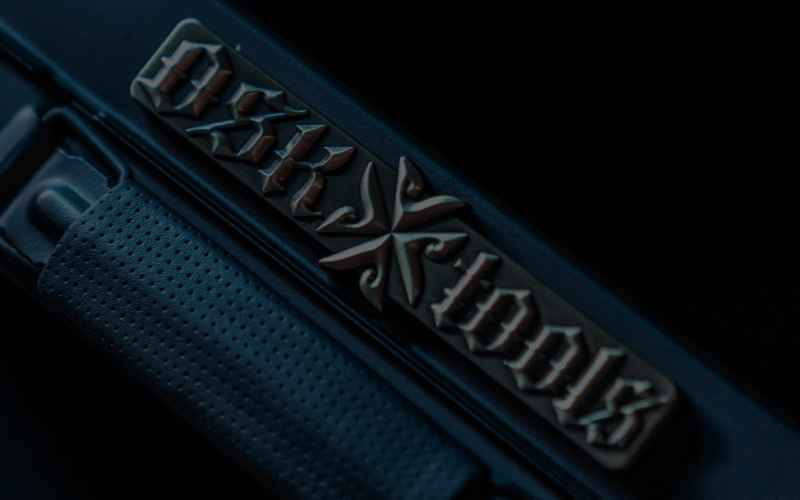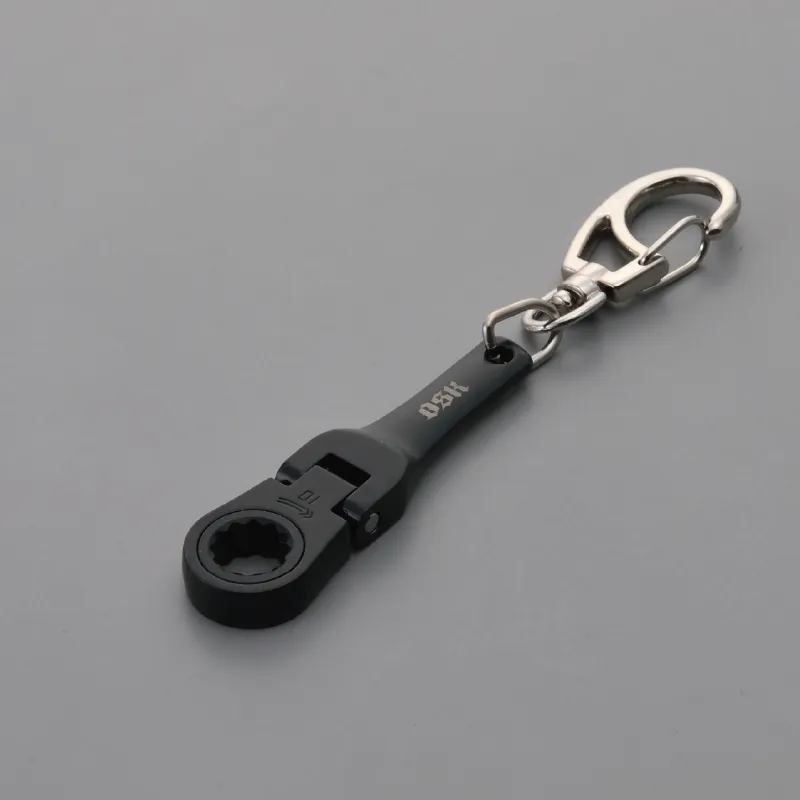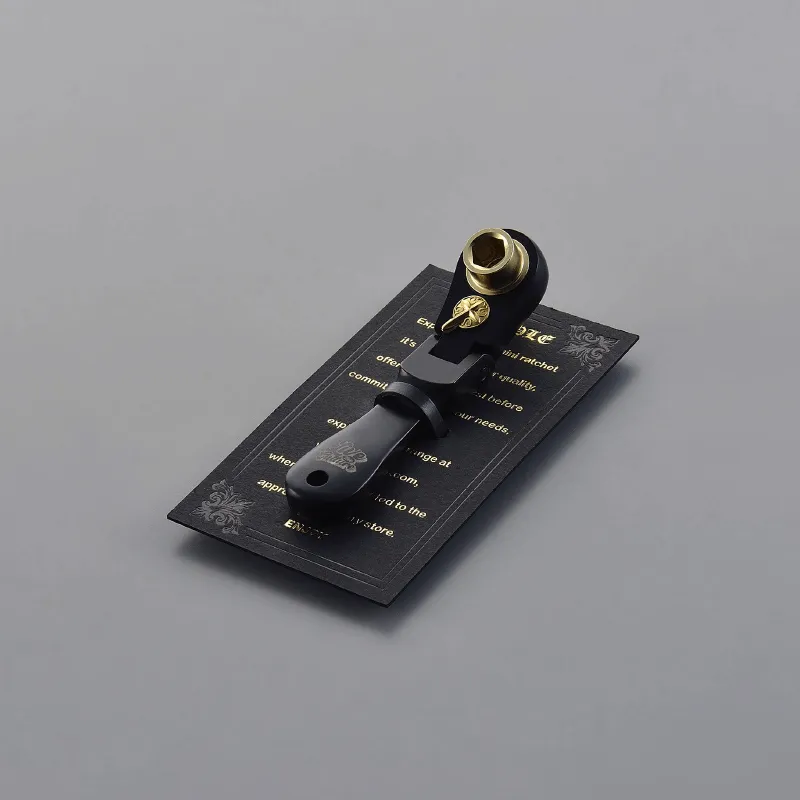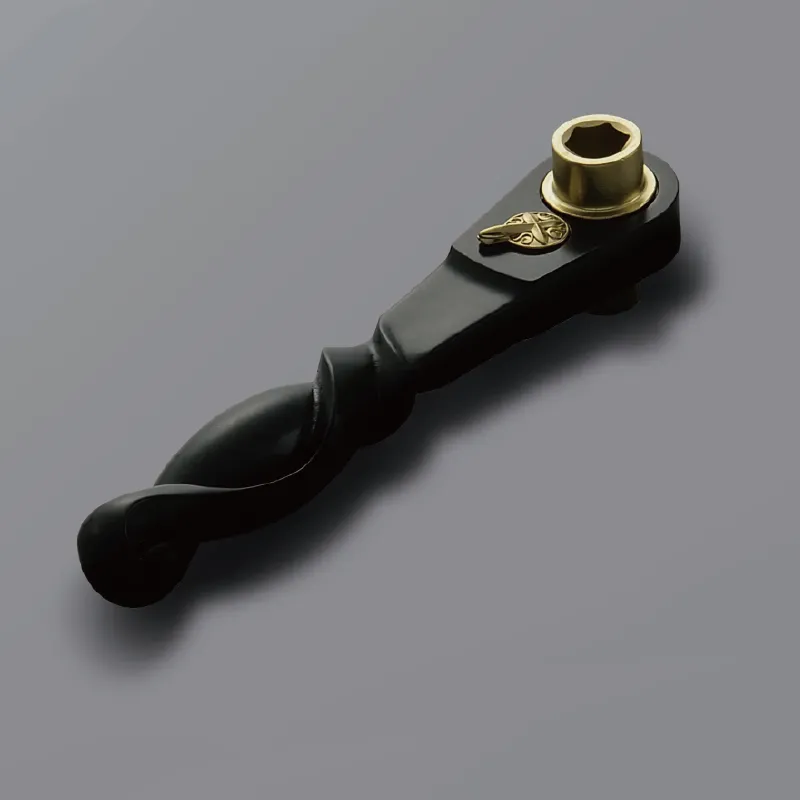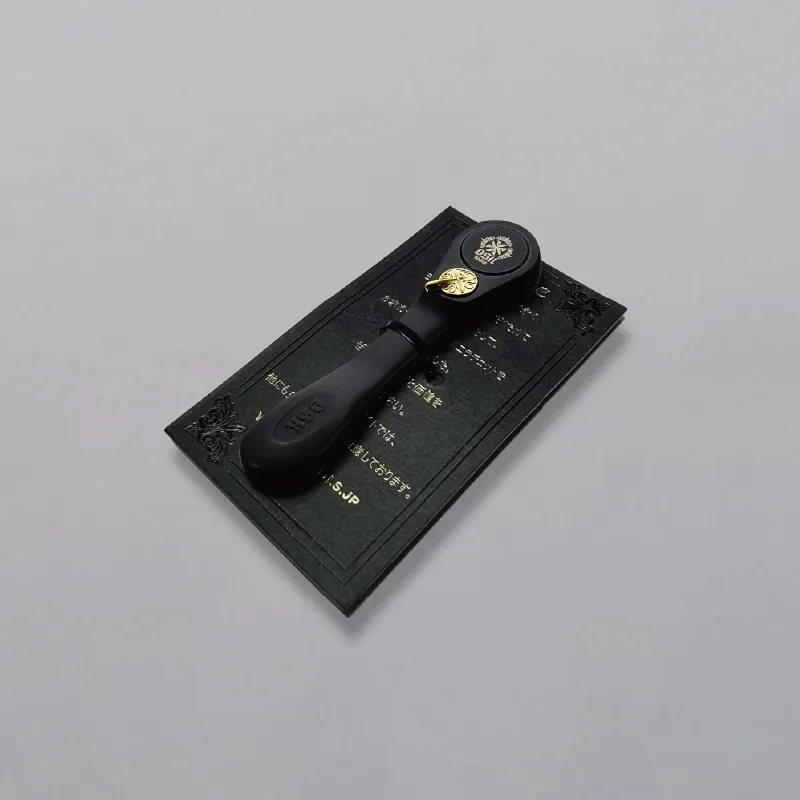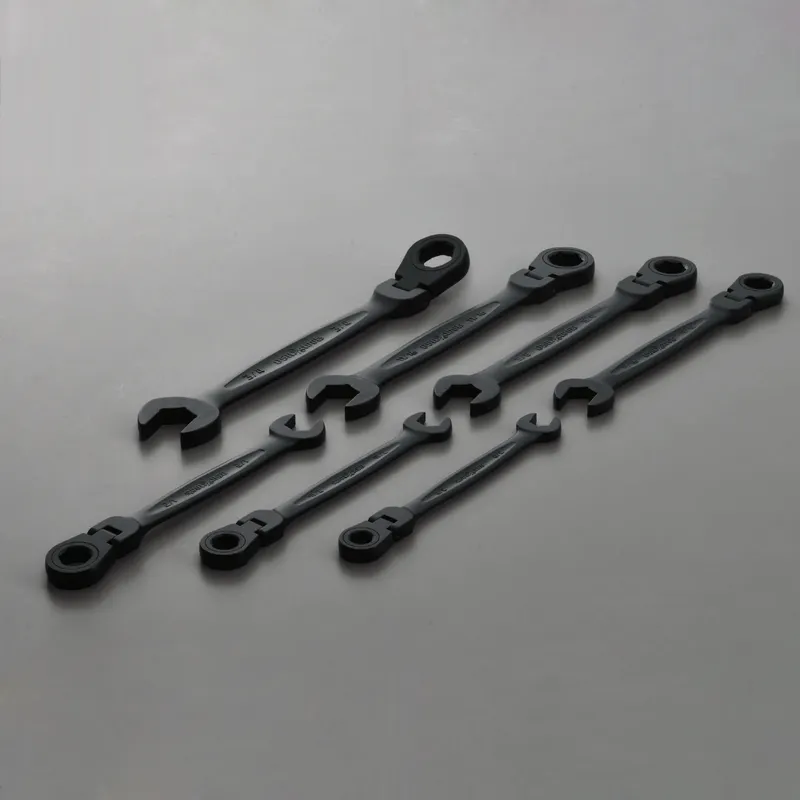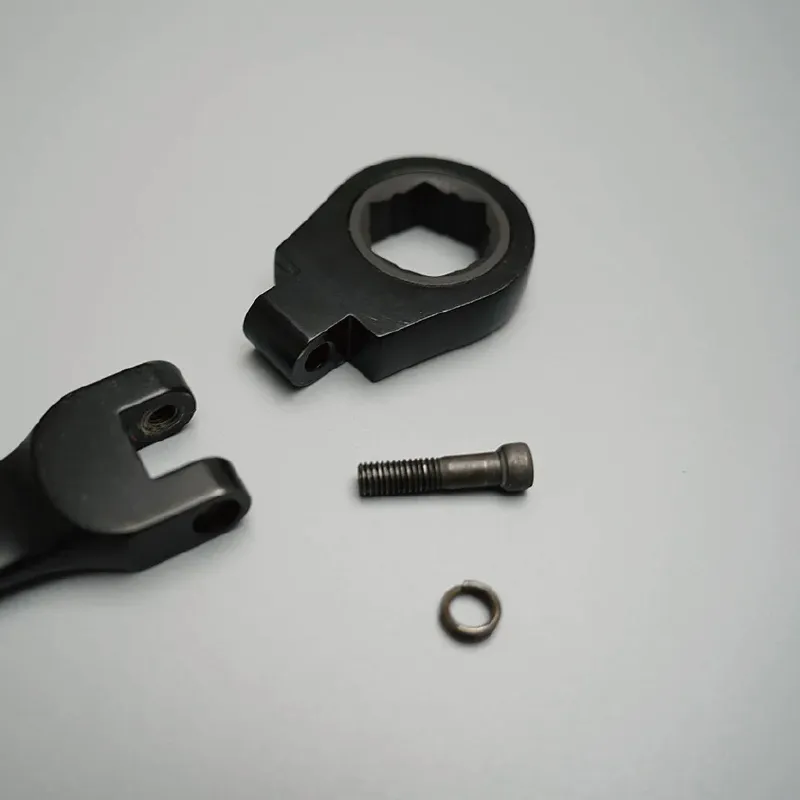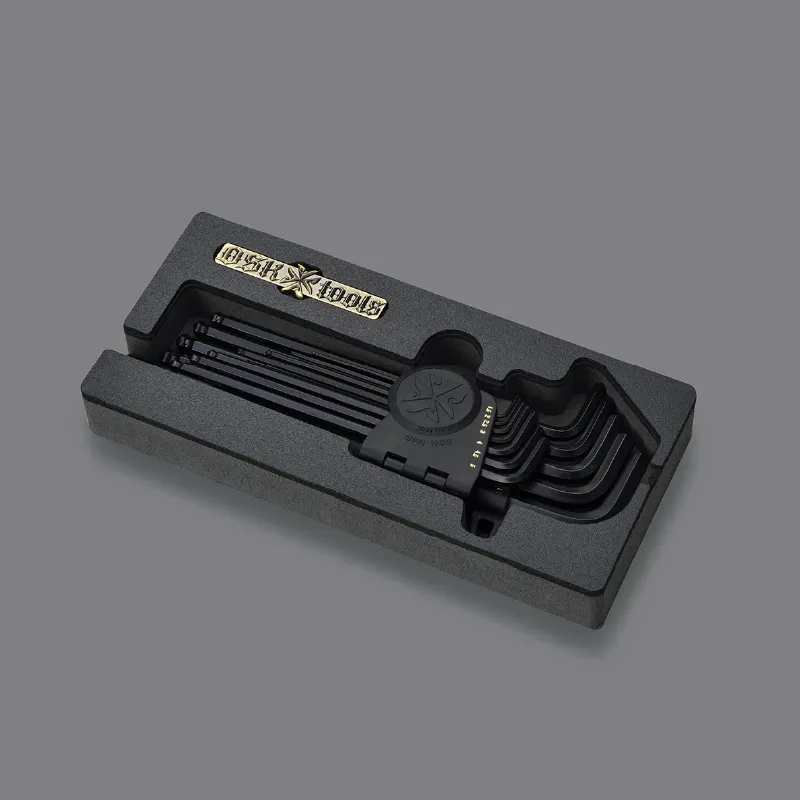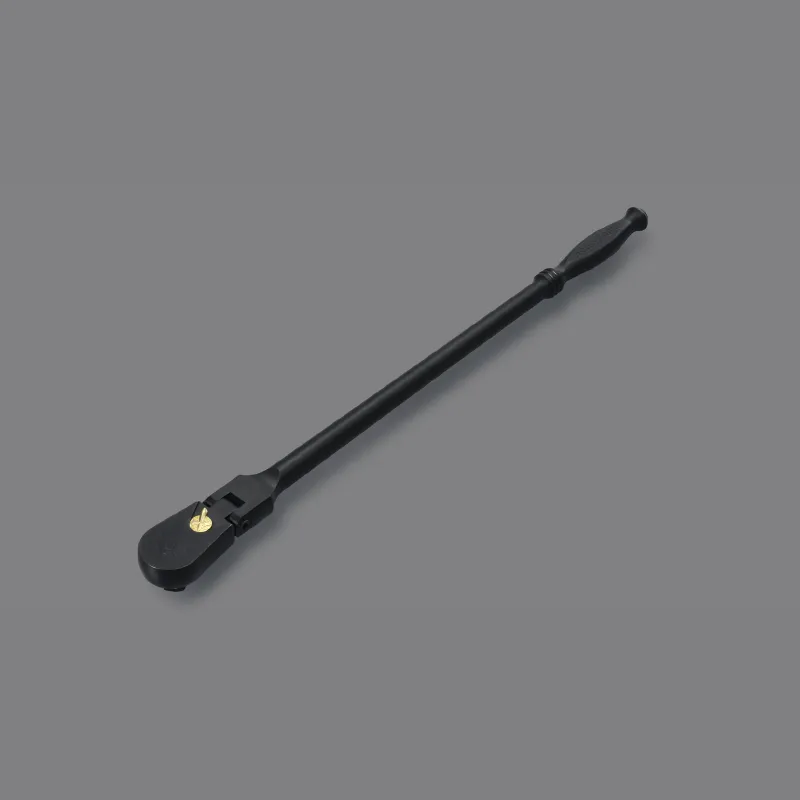
Ratcheting wrench mistakes in car repair. Common errors to avoid
In automotive repair and routine maintenance, the ratcheting wrench is one of the most practical and time-saving tools. It allows mechanics and car owners to loosen and tighten bolts efficiently, especially in tight spaces. However, improper use of this tool can lead to stripped bolts, damaged components, and even safety hazards.
Table of Contents (Click to read this paragraph)
- 3 Common Mistakes When Using Ratcheting Wrenches on Car▼
- Ratchet Recommendation: [OSK Hand Tools] 12 Sizes for Various Maintenance and Work Environments▼
3 Common Mistakes When Using Ratcheting Wrenches on Car
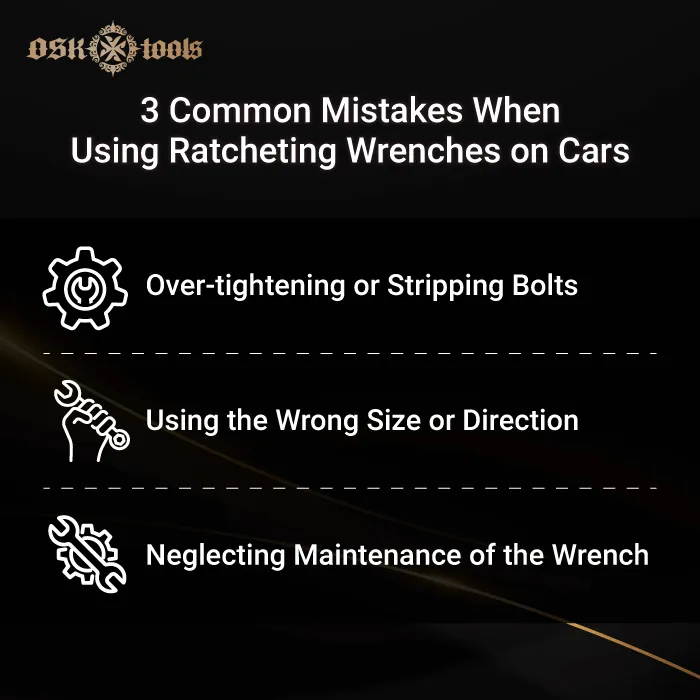
Top 3 Ratcheting Wrench Mistakes in Auto Repair
This article highlights three common mistakes: over-tightening or stripping bolts, using the wrong size or direction, and neglecting proper maintenance of the wrench. By understanding and avoiding these errors, you can extend the life of your ratcheting wrench and ensure safer, smoother car repairs.
1.Over-tightening or Stripping Bolts
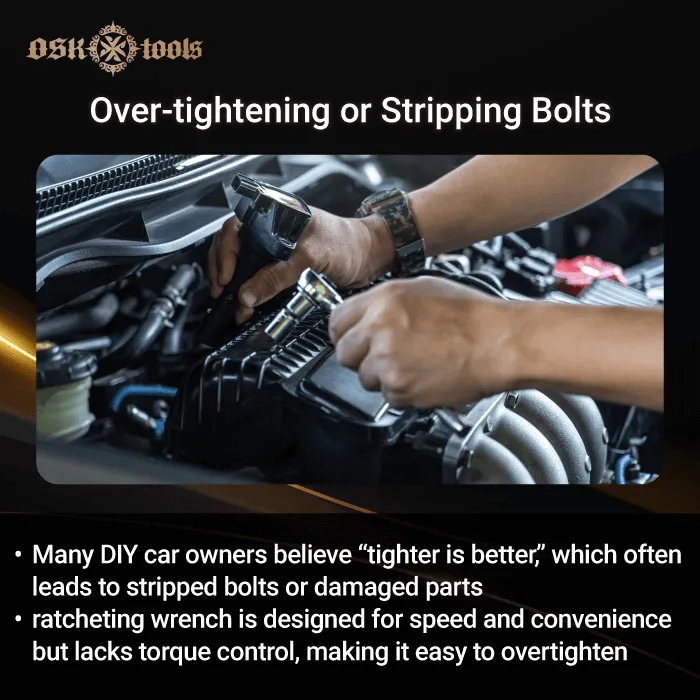
Ratcheting Wrench Over-tightening Causing Stripped Bolts
Over-tightening or stripping bolts is one of the most common mistakes when using a ratcheting wrench. Because ratcheting wrenches operate smoothly and allow fast turning, users often overlook the stress limits of the bolt and surrounding components.
Applying excessive force can easily damage the bolt threads or even cause metal parts to snap. This not only makes future repairs more difficult but may also compromise the structural safety of the vehicle. Professional mechanics often recommend using a torque wrench during the final tightening stage to ensure bolts are secured firmly without being damaged.
Further reading:Why do ratcheting wrenches have two sides? 3 reason you should know
2.Using the Wrong Size or Direction
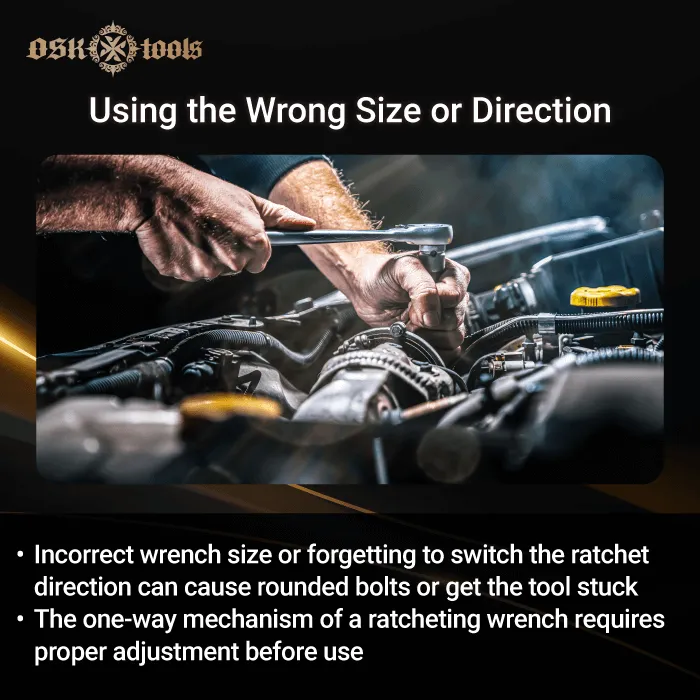
Wrong Ratcheting Wrench Size or Direction in Car Maintenance
Using the wrong size or failing to switch the ratchet direction is another common mistake when working with ratcheting wrenches on cars. While it may seem minor, these errors can deform bolt heads, jam the tool, or prevent proper disassembly.
Typical mistakes
- Incorrect socket size: Using a socket that’s too large or too small can easily strip the bolt.
- Wrong ratchet direction: Forgetting to switch the ratchet mechanism often results in tightening instead of loosening, or no movement at all.
- Poor angle control: In tight spaces, failing to check the working angle can cause slippage, tool wear, or even injuries.
Professional tip: Always confirm the correct bolt size and socket fit before starting. Check the ratchet direction switch, and apply steady, controlled force. Avoid working at awkward angles to ensure smooth operation without damaging the tool or components.
Further reading:What is the benefit of a flex head ratchet? 4 benefit you should know
3.Neglecting Maintenance of the Wrench
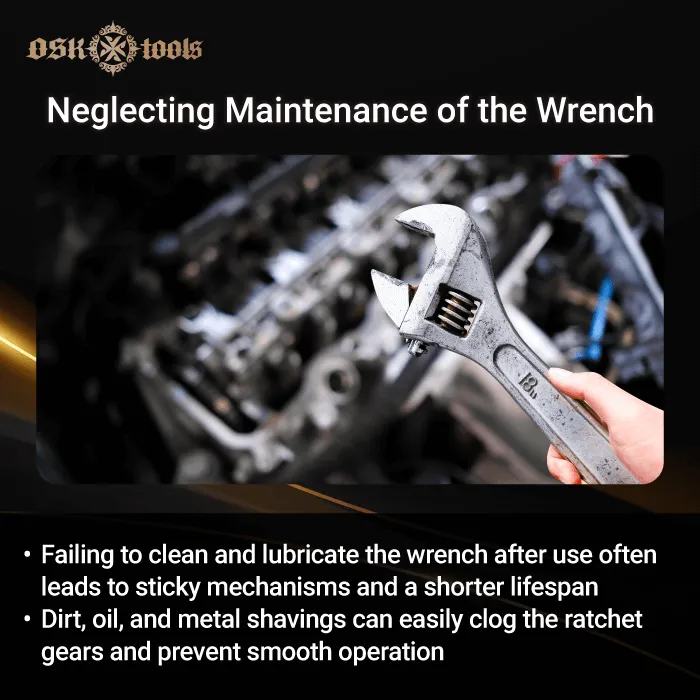
Ratcheting Wrench Maintenance Mistakes and Tool Care Tips
Neglecting the cleaning and maintenance of a ratcheting wrench is a common oversight among both car owners and mechanics. Since the tool relies on precision gears, the buildup of grease, dirt, or metal shavings can cause the mechanism to stick, wear prematurely, or even fail completely. In addition, prolonged storage in humid environments can lead to rust, further shortening the lifespan of the tool.
Professional recommendations
- Wipe off grease and debris after every use.
- Apply light lubrication to the ratchet mechanism regularly to ensure smooth gear movement.
- Store the tool in a dry toolbox, away from high humidity.
With proper care, a ratcheting wrench can maintain peak performance, last significantly longer, and provide safer, more reliable results during car repairs.
Ratchet Recommendation: [OSK Hand Tools] 12 Sizes for Various Maintenance and Work Environments▼
In conclusion, using a ratcheting wrench correctly not only improves efficiency in car repairs but also helps avoid common mistakes such as over-tightening, incorrect sizing, and neglecting maintenance.
For both professional mechanics and DIY car owners, having durable and reliable tools is equally essential. OSK hand tools, known for their precision engineering and long-lasting materials, are built to withstand heavy use while maintaining smooth operation and resistance to wear. By combining proper techniques with high-quality tools, you can ensure every repair task is safer, faster, and more dependable.
Released on 2025-08-21|Last updated on 2025-10-13 | 394
OSK Tools-Wrench Brand
Phone: +1 949 372 2831(Click to call)
Facebook:OSK Tools(Click to visit)
FB Messenger:OSK Tools(Click to DM)
Service Time: 09:00-18:00 on weekdays


